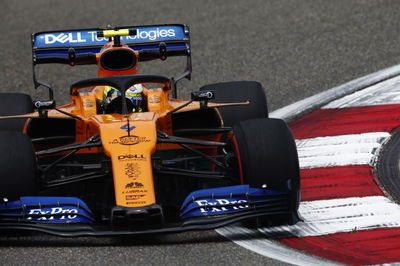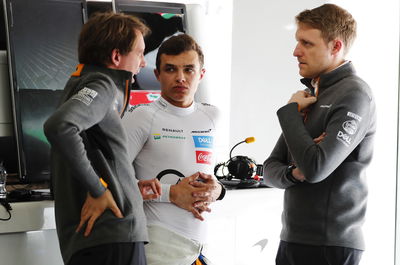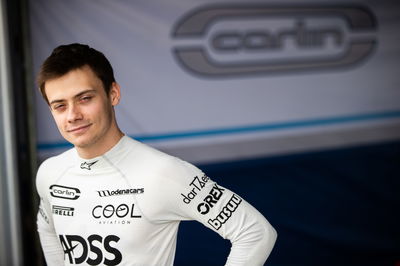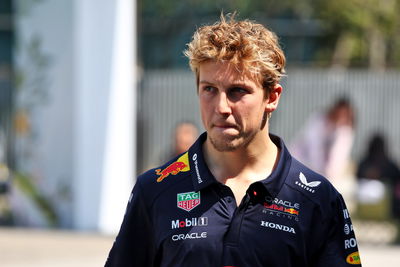Data allows young drivers to reach top level faster - de Ferran
McLaren sporting director Gil de Ferran believes the depth of data available to young drivers in Formula 1 enables them to reach a higher level far quicker than ever before.
F1 rookies Lando Norris and Toro Rosso’s Alexander Albon have made an impressive start to the 2019 season despite a lack of experience, with Albon never having previously driven F1 machinery prior to this year.
Norris enjoyed a meteoric rise up the single-seater ladder before earning his F1 graduation with McLaren this year, after taking part in a number of practice outings with the team in 2018.

McLaren sporting director Gil de Ferran believes the depth of data available to young drivers in Formula 1 enables them to reach a higher level far quicker than ever before.
F1 rookies Lando Norris and Toro Rosso’s Alexander Albon have made an impressive start to the 2019 season despite a lack of experience, with Albon never having previously driven F1 machinery prior to this year.
Norris enjoyed a meteoric rise up the single-seater ladder before earning his F1 graduation with McLaren this year, after taking part in a number of practice outings with the team in 2018.
de Ferran, who is working closely with Norris and teammate Carlos Sainz Jr. as part of his advisory role, has put Norris’ quick transition partly down to the vast array of data and simulation at the fingertips of young drivers, though he does not feel it has gone too far.
“Is it too much? No I don’t [think so] actually because certainly I enjoy looking at all the data,” de Ferran said.
“Not just the data but the sophistication of the analysis of data that is done over the data. I find it quite helpful and I often sit there and think I wish I had that when I was driving or I wish I understood it better when I was driving.
“The short answer is no [it’s not too much], it helps the drivers understand better what they are doing and how they are doing certain things.
“It helps on their development, in fact part but not all of the phenomenon you see from young drivers like Lando operating at such a high level already is due to that.”
de Ferran insists there are still enough “random events” which occur that cannot be calculated and therefore prevents drivers from solely being able to rely on data.

“Random events always make things more random, it is direct consequence of that,” he explained.
“Personally, I think you also have to seal with random events the best you can but I always felt a sport was always there to sort out the right ranking order anyway so the winner is the best and from there down.
“Whatever we do is to try to get as close to that as we can, but I don’t know if that makes any sense. We make sure it is not a casino so you feel like the guy who won is a deserving winner. We are in a sport that is a team sport, man plus machine, not just man. It is a combination of both.”
Explaining the difference between the simulator and real-world racing, Norris said: “I think the hard thing in the practice and pre-season testing and everything is knowing how much to push and not to push, especially for my first time doing a race sim in Barcelona [testing], was knowing how hard to push with a fuel tank of fuel, tyres that drop off a lot, both in wear but also thermally.
“It’s always hard to judge, and then sometimes you have loads of tyre deg, and you think ‘oh no, this is going to be terrible’. But when you’re in a race, you obviously gauge yourself much more on the drivers around, and it’s easier to know what they’re doing and what you have to do to make changes and save the tyres more and save the tyres less.
“It is very different, and it’s a whole experience. The pressure is on a lot more. It’s what counts, isn’t it, on the Sunday, rather than pre-season testing. If you lock up, you do a little mistake, it’s nothing, but if you do it on Sunday, you lose a place or you have to box for a flat spot or something like that. It’s a much bigger problem.”












